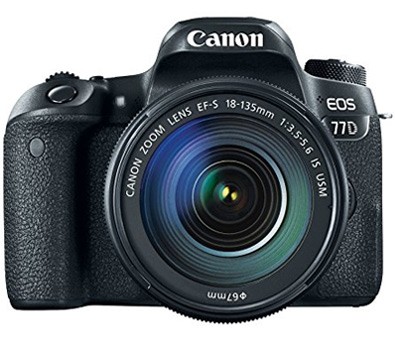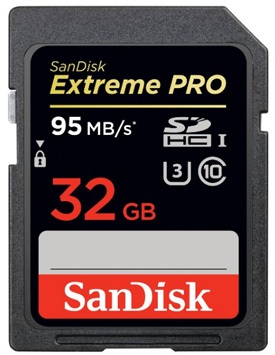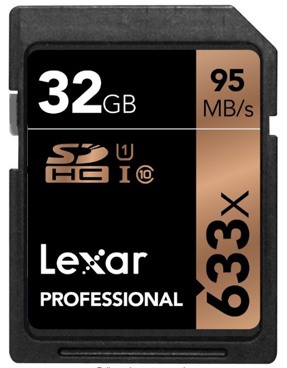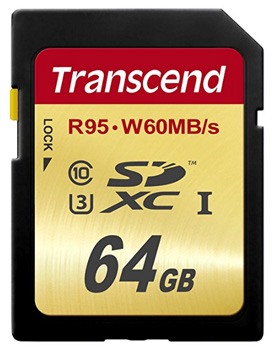Here is a list of the best memory cards for the Canon 77D.
It’s nearly identical to the Canon T7i, and also has 1 x SDHC/SDXC memory card slot meaning you’ve got a ton of different cards to choose from.
We looked at all available and picked out the ones that will perform the best on the 77D and allow you to get the most speed out of it.
Speed Class of SD Cards
| Class | Speed | Our opinion |
| Class 4 | 4MB/s | Too slow for most modern cameras. Skip it. |
| Class 6 | 6MB/s | A little bit better but unless you take 3 pictures a year, skip it. |
| Class 10 | 10MB/s | Good enough for most cameras with 20+ megapixels and Full HD video. |
| U1 (UHS) | 10MB/s | Good enough for most cameras with 20+ megapixels and Full HD video |
| U3 (UHS) | 30MB/s | Perfect for fast burst cameras, Full HD at 60fps and 4K video |
Specification wise, it’s just like the T7i; it shoots 6fps and records Full HD videos at 60fps.
The Canon 77D can take full advantage of UHS-I speed, but not UHS-II (like the majority of Canon and Nikon cameras). Stick to Class 10 to get the minimum (but already good enough) speed required for Full HD and burst mode. While UHS-II is faster, you’ll only get better reading speeds (aka transferring the images to your computer will be much faster). In the camera itself, the writing speed won’t be higher than by using an UHS-I card.
In this guide, we’ve picked out the top 3 memory cards when it comes to speed, performance and the price you pay.
They are all super affordable and reliable, which is more or less the most important thing considering this is where your files are going to be saved.
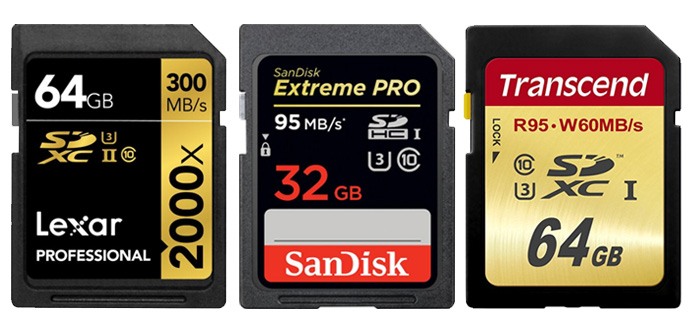
These are the best 3 SDHC/SDXC memory cards you can get:
- SanDisk Extreme Pro 95MB/s UHS-I U3
- Lexar Professional 95MB/s UHS-I U3
- Transcend R95/W60MB/s UHS-I U3
SanDisk Extreme Pro 95MB/s UHS-I U3
The SanDisk 64GB Extreme Pro 32GB U3 is our favorite card, seeing as it’s inexpensive and provides writing and reading speeds near 90MB/s. The Canon 77D shoots 6fps and Full HD at 60fps, and both of these are a piece of cake for this card.
The speed makes it perfect for whatever you’re doing; fast bursts with large megapixel cameras, 4K video, let alone Full HD. It comes in 16GB, 32GB, 64GB, 128GB and 256GB sizes.
You can buy it at Amazon or see more reviews here.
Lexar Professional 95MB/s UHS-I U3
The Lexar Professional 32GB U3 95MB/s is cheaper than the model above, and reaches the same reading speed yet falls a bit short in the writing department. While the minimum for U3 cards is always 30MB/s, this Lexar series reaches around 60MB/s.
It won’t be as fast as the Sandisk above (even though it’s fast), but unless you’ll be using the burst mode often, you won’t notice it. However, since memory card prices fluctuate a lot, if the Sandisk above is cheaper then definitely go for it.
Lexar also gives you the code to download their Imaging Rescue software. It comes in 16GB, 32GB, 64GB and 128GB sizes.
You can buy it at Amazon or see more reviews here.
Transcend R95/W60MB/s UHS-I U3
The most affordable on our list, yet still UHS-I, is the Transcend 64GB UHS-I U3. In terms of reading speed it goes up to 95MB/s, while for writing the maximum is 60MB/s just like Lexar above.
Transcend also gives you the option of downloading their free image recovery program and they both work pretty good in most cases. It comes in 64GB, 128GB and 256GB sizes.
You can buy it at Amazon or see more reviews here.
Comparison of the 3 Memory Cards
| Card | Size | Speed |
| Sandisk Extreme Pro 95MB/s U3 | 32GB | Writing files: ~90MBs. Reading files: ~95MB/s |
| Lexar Professional 95MB/s U3 | 64GB | Writing files: ~60MB/s. Reading files: ~90MB/s |
| Transcend R95/W60MB/s U3 | 64GB | Writing files: ~60MB/s. Reading files: ~90MB/s |
What Brands are the Best?
Your photographs and videos are stored on a memory card, so you should definitely not try to save any money here by buying from unknown, cheap brands. While you save a few bucks, you probably won’t even get the advertised speeds, and are at a bigger risk of losing your shots.
We see too many beginners choosing the cheap route here, but until you transfer your shots to a computer/online, this is where they’re stored at. You want the memory card to be the most reliable piece of your equipment!
Stick to Sandisk, Lexar, Transcend, Kingston, Sony and Toshiba. There may be a few other good brands out there, but the ones we mentioned are already more than enough and offer great prices.
Last Updated on September 14, 2021 by Nick Voorhees
First and foremost, I’m a husband and father. Then professionally I’m photographer, designer, blogger, and Esty store owner. My homebase is near the stunning Wasatch mountains in Utah but I love traveling with my family as part of our homeschooling journey. I also love teaching and helping out others. My faith is one of the biggest aspects of my life and brings be a consistent joy that I haven’t found in anything else. My main blog is BestPhotographyGear.com and I strive to make photography simple for anyone looking to learn or find gear for their individual needs. By nature, I like to study, research, and analyze things and I use that help provide the best advice and reviews I can.

